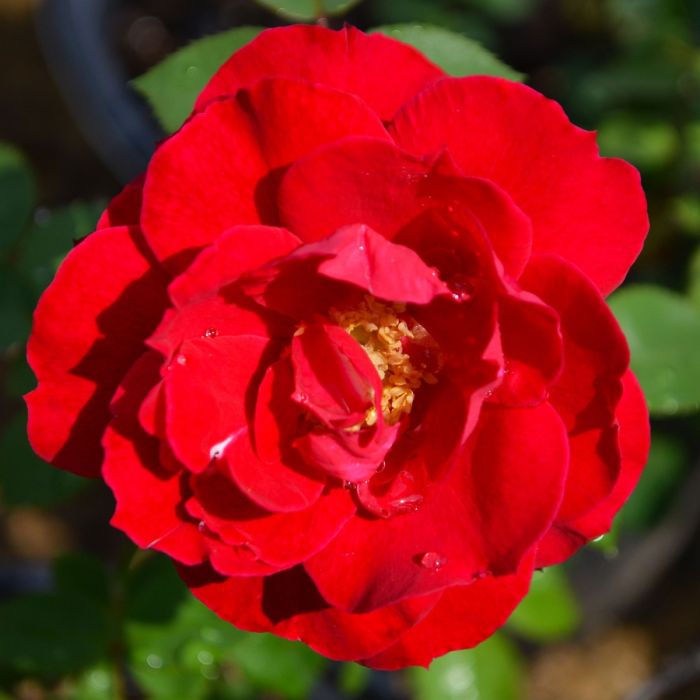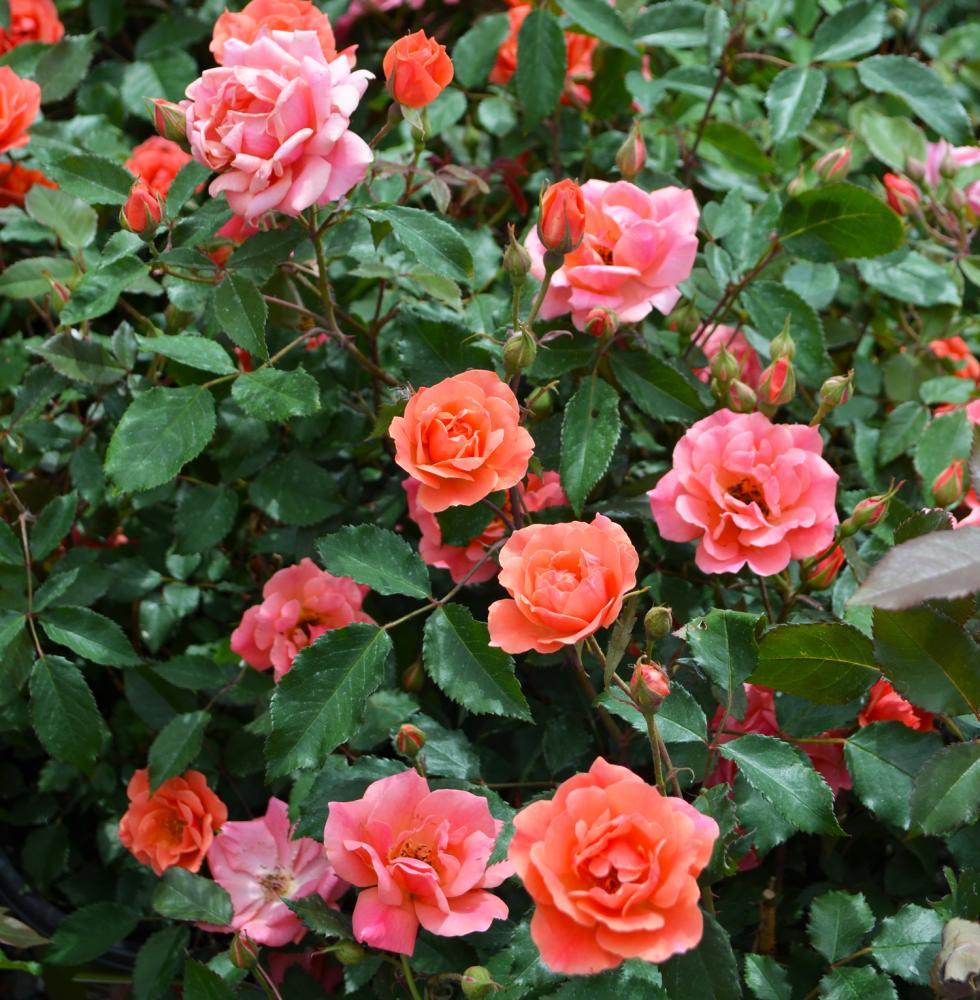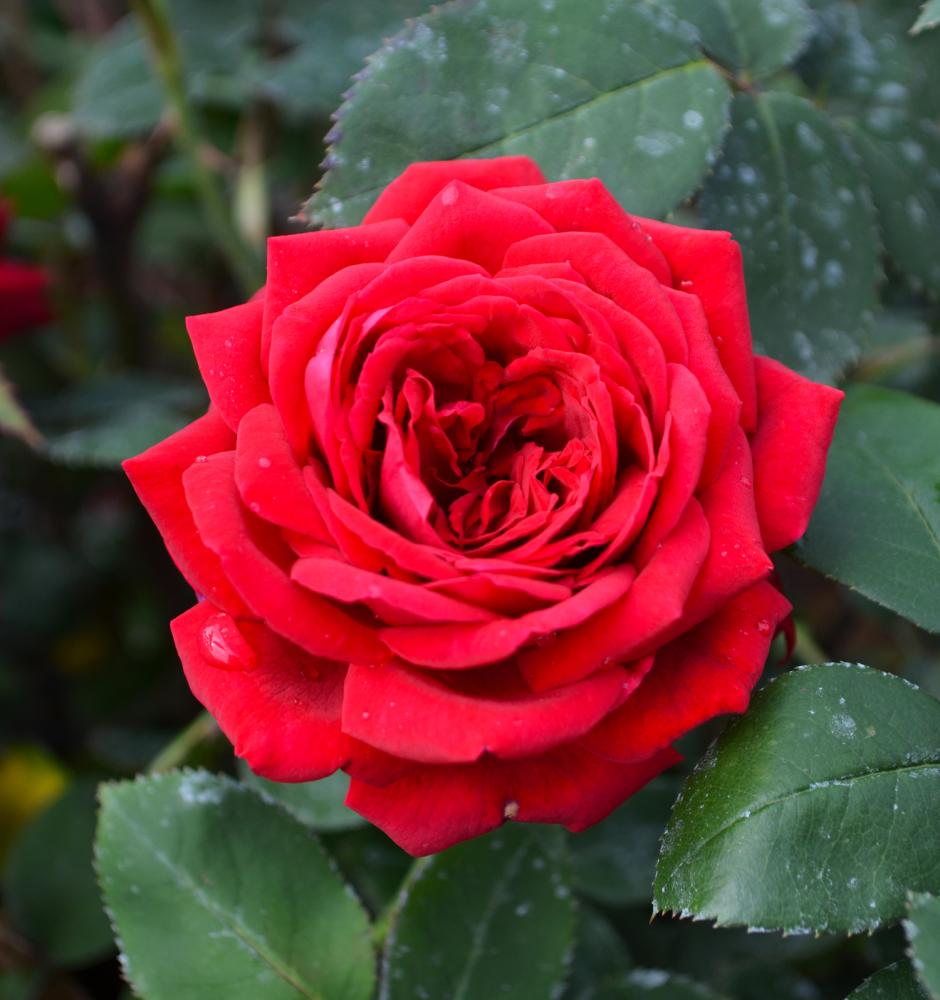Rosa, Climbing Rose 'First Editions® Ramblin’ Red®'



Out of stock
Coming soon, still growing- Sun Preference
- Full-Sun
- Bloom Time
- June, July, August, September
Description
One of the most exciting climbers to come along in years, this large rose features endless deep red flowers, excellent disease resistance and surprising hardiness; all roses need full sun and well-drained soil.
Shrub, Hybrid Tea, & Floribunda Roses
Enhance your garden with the timeless beauty of perennial and shrub roses from Gertens! With our extensive selection, you'll find the perfect roses to add color, fragrance, and charm to your outdoor space. Whether you're looking for classic varieties or modern hybrids, our roses are carefully chosen for their vigor, disease resistance, and stunning blooms.
Details
Height: 10 feet
Spread: 7 feet
Sunlight: ![]()
Hardiness Zone: 3a
Group/Class: Shrub Rose
Description:
One of the most exciting climbers to come along in years, this large rose features endless deep red flowers, excellent disease resistance and surprising hardiness; all roses need full sun and well-drained soil
Ornamental Features
Ramblin' Red Rose is bathed in stunning fragrant ruby-red flowers with yellow eyes along the branches from late spring to late summer. The flowers are excellent for cutting. It has attractive dark green foliage which emerges burgundy in spring. The oval compound leaves are highly ornamental and turn an outstanding burgundy in the fall. The fruits are showy orange hips displayed from mid to late fall. The spiny brick red bark adds an interesting dimension to the landscape.
Landscape Attributes
Ramblin' Red Rose is a multi-stemmed deciduous woody vine with a twining and trailing habit of growth. Its average texture blends into the landscape, but can be balanced by one or two finer or coarser trees or shrubs for an effective composition.
This woody vine will require occasional maintenance and upkeep, and is best pruned in late winter once the threat of extreme cold has passed. Gardeners should be aware of the following characteristic(s) that may warrant special consideration;
- Spiny
Ramblin' Red Rose is recommended for the following landscape applications;
- Hedges/Screening
- General Garden Use
- Groundcover
Planting & Growing
Ramblin' Red Rose will grow to be about 10 feet tall at maturity, with a spread of 7 feet. As a climbing rose, it can be leggy near the base and may be concealed by underplanting with lower-growing facer plants. It should be planted near a fence, trellis or other landscape structure where it can be trained to grow upwards on it, or allowed to trail off a retaining wall or slope. It grows at a fast rate, and under ideal conditions can be expected to live for approximately 20 years.
This woody vine should only be grown in full sunlight. It does best in average to evenly moist conditions, but will not tolerate standing water. It is not particular as to soil type or pH. It is somewhat tolerant of urban pollution. This particular variety is an interspecific hybrid.
| SKU | Container Size |
| RS1524 | #2 Container (2 Gallon) |
| RS1525 | #3 Container (3 Gallon) |
More Information
| Gerten Grown Plants | Gerten Grown Plants |
|---|---|
| Bloom Time | June, July, August, September |
| Sun Preference | Full-Sun |
| USDA Hardiness Zone | 11 |


